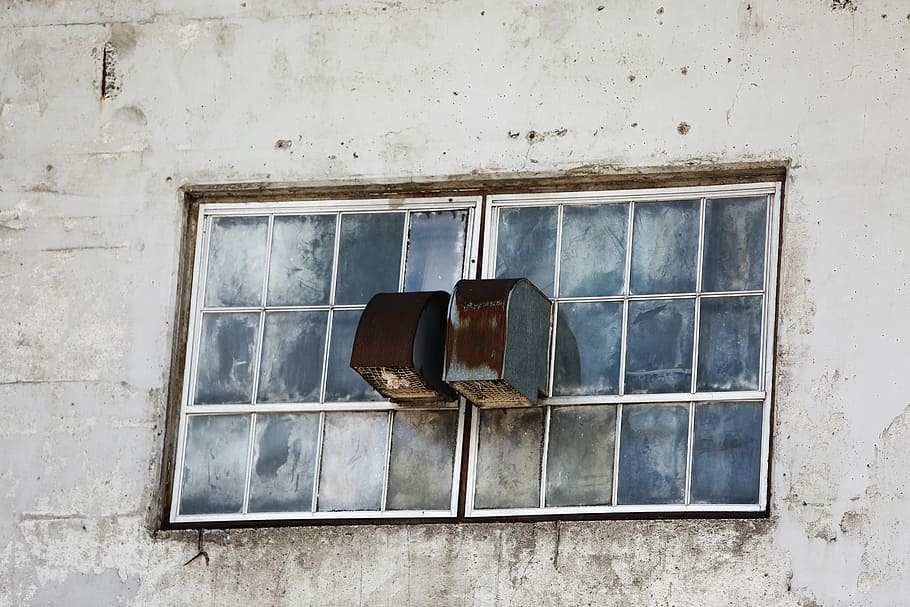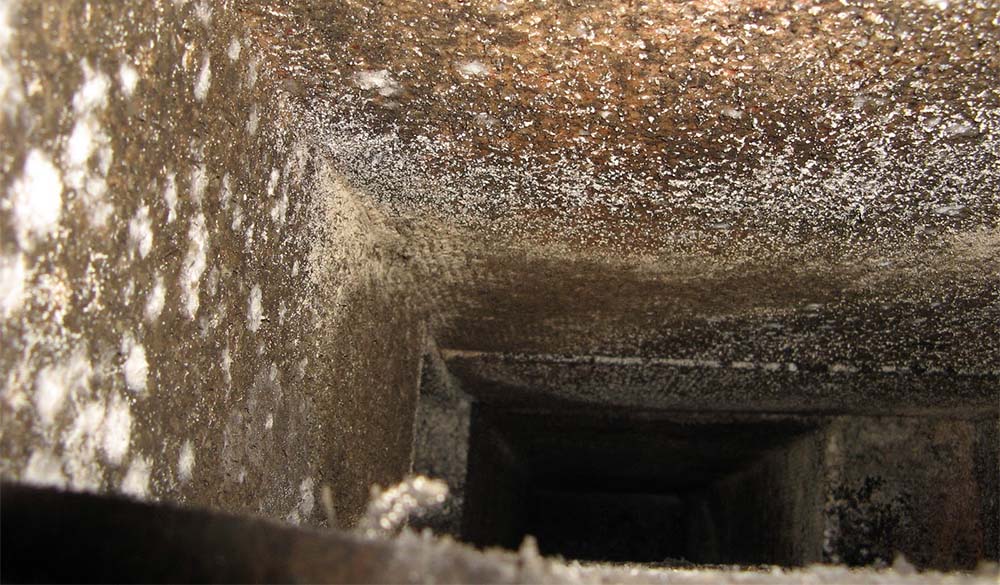How to Clean Mold from the A/C Vents of Your DC Home

Sometimes nature makes an organism that’s especially hard to kill.
Like cockroaches and crocodiles, mold is an ancient life form that’s survived eons of evolution thanks to its resistance and resilience. You’ll have a hard time grazing by a mold patch without releasing spores into the air.
Mold is especially difficult to remediate when it grows in central locations, from where it can spread far and wide. As such, few spots are worse for mold infestations than A/C ducts, where mold spores have the opportunity to spread into every nook and cranny in your home.
How does one remediate an A/C duct mold infestation?
What Causes Mold in Air Ducts?

While metal surfaces like air vents may seem like an impossible environment for mold to thrive, its more common than many realize. Air vents are humid, damp places (condensation occurs when warm air meets cold metal). Add in a layer of dust, and mold has all it needs to thrive.
How to Tell if There’s Mold in Your Air Vents
There are a few telltale signs of mold in the a/c vents.
- If a musty or moldy mildew odor permeates the house,
- Sneezing or runny noses and watery eyes that occur when AC is turned on
- Persistent headaches feelings of dizziness nauseousness
How to Remove?
When mold reaches an area as sensitive as the AC ducts, it’s often best to contact a mold remediator. That said, home remediation is possible if the spread is minimal.
To clear out your AC vents, stick with the following steps.
- Turn off your AC or heating
- Unscrew the vent and submerge it in a cleaning solution
- Use a HEPA vacuum to cover up dust and debris in and around the air vents
- Wipe down the inside of your air vents with soapy water
- Use a disinfectant spray the inside of your air vents to help kill mold and bacteria (use a mop to clean deeper into the vents)
- After 15 minutes, remove the vent from the solution and rinse out
- Reattach your vent
How to Prevent Future AC Duct Mold Infestations

The best way to mitigate mold lies in preventing the conditions that lead to it.
In the case of air ducts, make a habit of replacing HVAC filters every three months. Stay aware of your condensation and drip pans, and resolve any household leaks ASAP. Additionally, you can install ionization air purifiers or UV lights for further protection.
Such conditions can also arise from an air conditioner that’s too large for the space it cools. In many cases, rooms get cooled before the AC has a chance to dehumidify. This leads to people turning off the AC too early, causing excess moisture to gather. If you’ve only recently installed your AC, this may be the culprit.
Alternately, the same can occur if you keep your home abnormally cold. Here, the temperature difference between the extremely cooled air and the warmer air can lead to condensation, then mold. If you prefer to keep a chill home, this might be responsible.
Mold Control is Moisture Control
Like all life on earth, mold needs certain conditions to thrive. Once equipped with the right knowledge, it’s far easy to manage your moisture levels and prevent any infestation from taking over your home.
Why MoldGone
At MoldGone, we offer FREE mold inspection. Our mold removal and mold remediation services are available at reasonable prices.
Call us today at 240-970-6533 or Click here to schedule your appointment.



Recent Comments